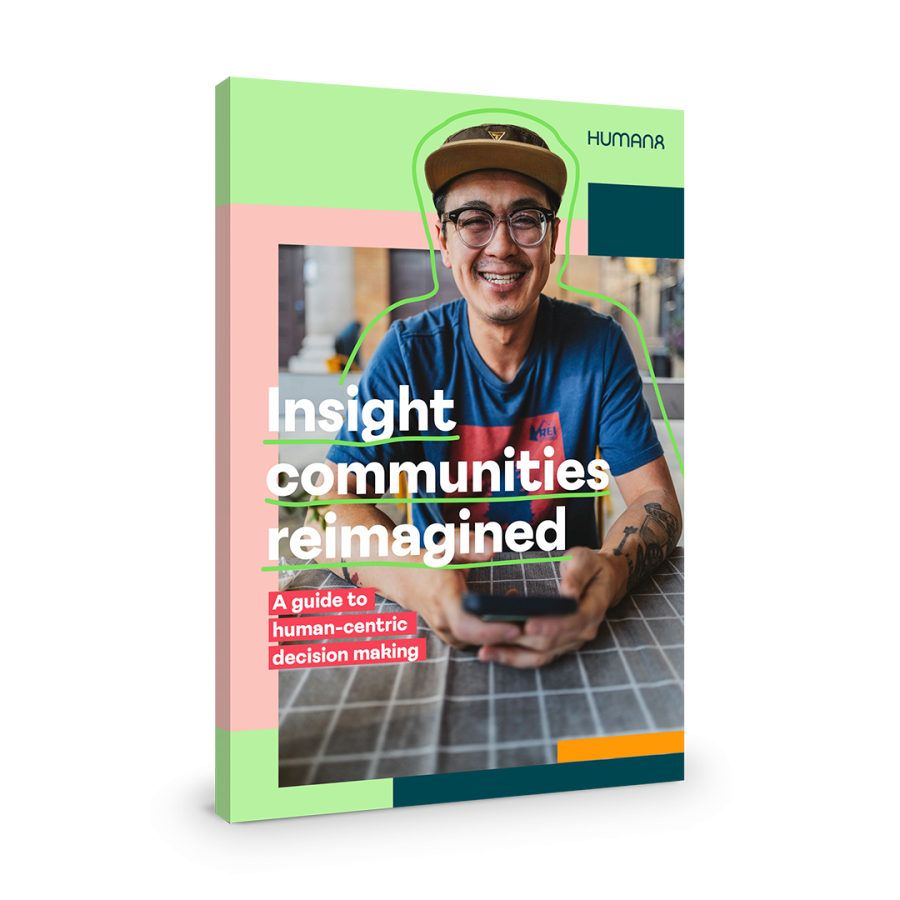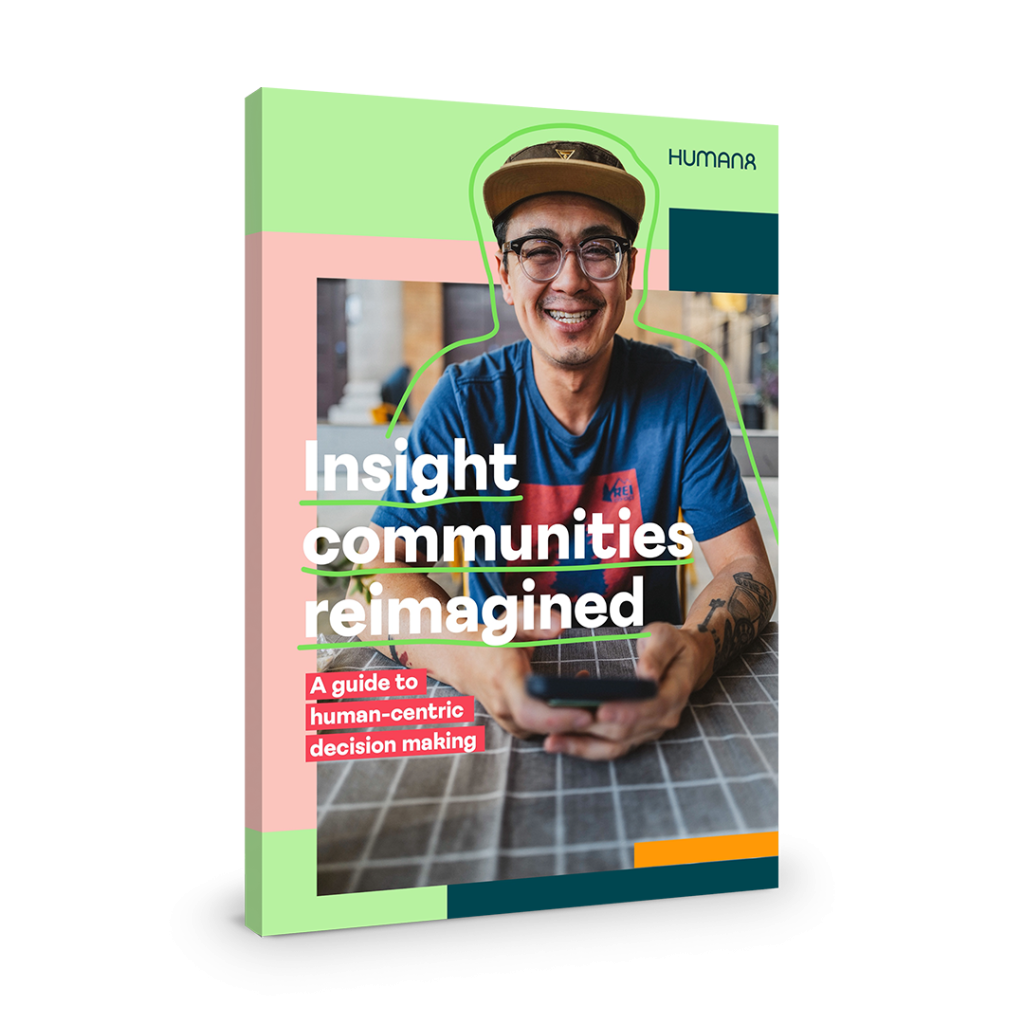Blog
Keeping the insight community spark alive
Why reinvigorating a research community is nearly as important as launching one.


Jason Solack
14 June 2023
3 min read
Is your research community showing signs of slowing down? You might be experiencing lower member response rates, participant engagement levels declining, internal stakeholder requests decreasing (or they’ve stopped completely). If any of these are relatable, it’s time to reinvigorate your research community.
Online communities are an important asset that enable your organisation to be consumer-centric but require continual attention and care. It is normal to experience a community slump, especially if it has been running for some time now. This is a cue that it is time to bring new life to your insight community. Here there are 3 dimensions to consider: people, perspective and partnership:
1. People
Refresh member engagement strategies
Having a plan and go-to tactics for member engagement is important, but it may not be enough in the long run. Just like in other areas of consumers’ lives, variety is key. Keep members from getting bored by changing how you interact with them. For instance, if you’ve been featuring a member spotlight each week, consider altering the information shared or allow members to vote on who will be featured next.
Bring in new members
As time goes on, community member engagement may decrease. Member refreshes are an opportunity to infuse new life into the community. Consider implementing engagement strategies tailored to new members, providing easy and engaging ways for them to get to know the community. Create opportunities for existing and new members to connect, increasing engagement and retention.
2. Perspective
Realign with business goals
Identify the purpose and vision of your community and how this relates to overall business goals. When business goals shift, the purpose of the community might also need to shift. This might for example require you to revise the profiles of your members, keeping it relevant and aligned with your (evolving) business reality.
Switch up the type of research
Introducing new ways to gain insights from your community benefits both members and stakeholders. Communities are very versatile in nature, allowing you to use them for consumer immersion, journey mapping all the way to concept optimization. Present this ‘research menu’ to internal stakeholders for them to get most of the community.
Offer new and different activities, methodologies, and topics to make participation more intriguing for members. It exposes internal stakeholders to fresh perspectives, reigniting their interest and recognising the value of the community.
3. Partnership
Rebuild and engage internal stakeholders
Just like community members, internal stakeholders need continuous nurturing. Engaging stakeholders may seem overwhelming, but it doesn’t have to be. First, develop a roadmap of strategies to effectively engage stakeholders at different stages, from initial awareness to building community advocates. Align your engagement efforts with each stage and remember to celebrate and share successes. Internally socialising community success stories bolster credibility and encourage leveraging the community across various use cases.
While some research communities have a limited lifespan, it’s important to carefully evaluate if your online community has truly achieved all its objectives before giving up on it. Dedicate the time and effort needed to keep members and internal stakeholders engaged, fueling insights that drive consumer-centric decision making. Insight communities are much more than a capability, it’s a process.
EBOOK
Insight communities reimagined
A practical guide to human-centric decision making.
Request your free copyLet’s connect

